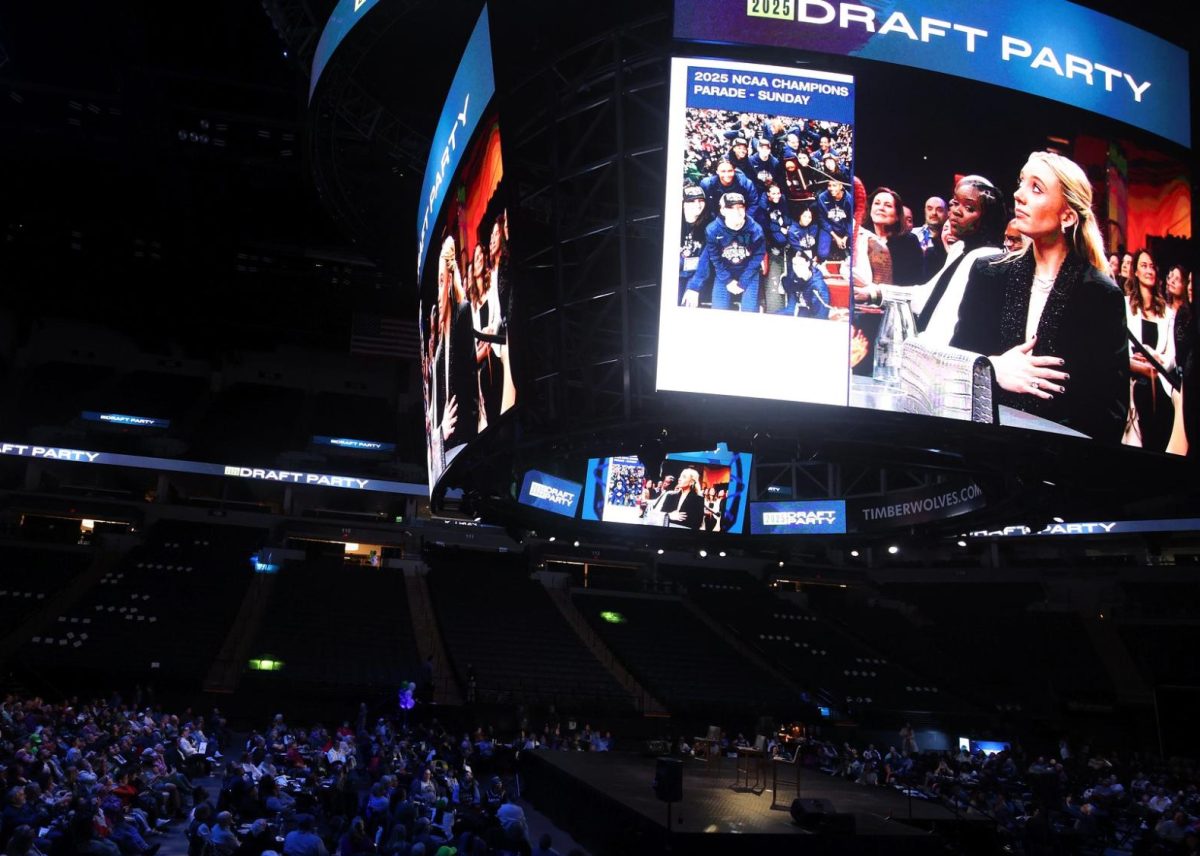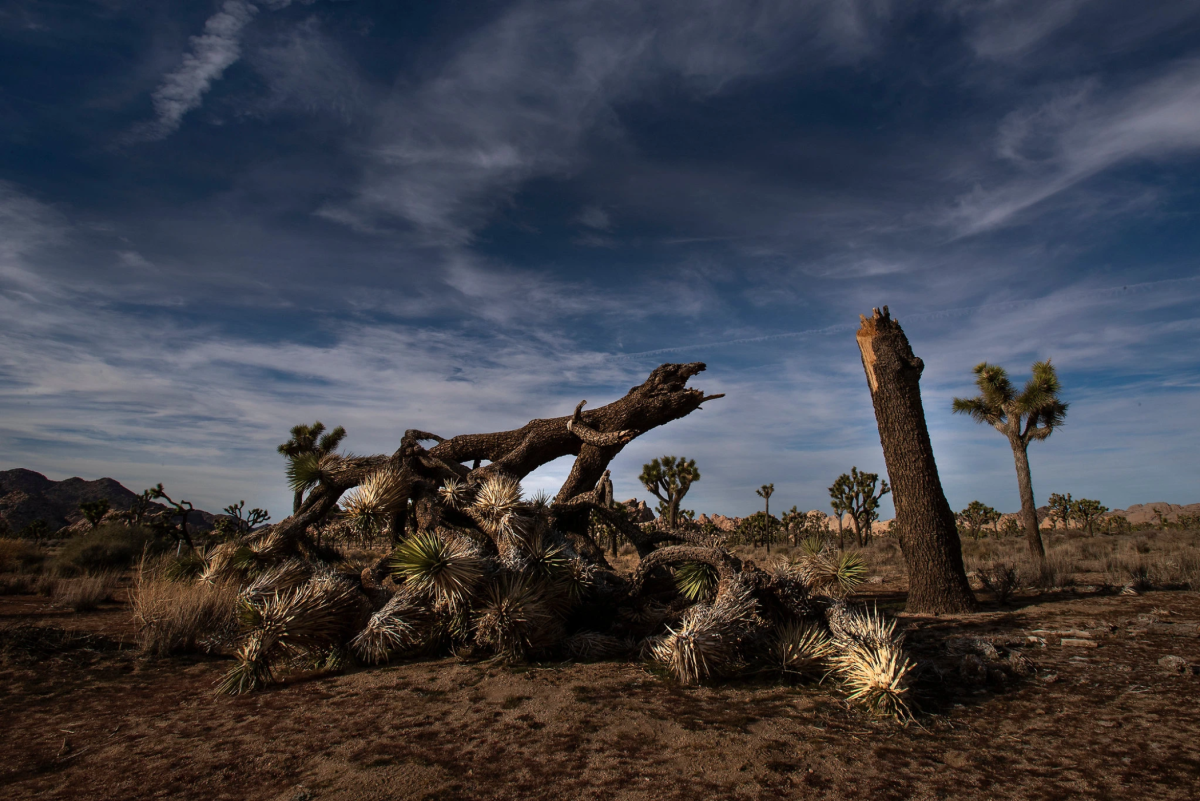The shutdown may be over (for now), but it’s going to leave lasting, long term consequences that are not so easily solved. Here are a few effects of having a 35 day government shutdown on the people, economy, and lands of the US:
1. Consumer confidence in the US Economy dropped
The shutdown dealt yet another blow to consumer confidence, following the stock market drop in December. The Conference Board reports that during the shutdown, their consumer confidence index dropped from 126.6 to 120.2, following the previous fall from 137.9. In total, consumer confidence has dropped 17.7 points since October, the largest three-month drop since 2011 (Wall Street Journal).
Consumer confidence is important because it indicates how comfortable consumers are in the stability of their income, and thus how comfortable they are in spending money on goods. If consumer confidence drops, it means that consumer spending will decrease, leading to a weaker economy. The drop might be a temporary shock due to the shutdown, and could recover quickly, but the downwards trend begun before the shutdown, and was not helped by it.
2. Vital research was disrupted
There are many researchers and research projects that are funded by the federal government, and as a result of the furloughs, many of these projects were left behind or put on hold, in some cases forcing the researcher to restart. According to the Tampa Bay Times, research about annual arctic sea ice, climate change, and planetary exploration were a few of the projects affected. In addition, the shutdown forced the National Science Foundation to delay their grant awards to researchers, also affecting their ability to continue with their projects.
One of the agencies most affected was the Center for Disease Control. Each year, the CDC studies the new strains of the flu, finds which vaccines are best to combat them, and tracks the spread of the flu across the US. The shutdown hit right in the middle of this process, costing researchers critical weeks. Now, the CDC has to scramble to get their research up to speed, with the possible result being a worse flu season than normal.
3. The nation’s public lands were damaged
One of the most iconic shutdown photographs was a cut down tree in Joshua Tree National Park, the result of vandalism during the shutdown. Over the 35 days, few rangers patrolled the national park, resulting in cut down Joshua trees, illegal campsites, campfires, graffiti, and off-roading through the desert, resulting in severe damage to the soil (SFGate). Joshua Tree National Park was not the only national park affected.
Collin O’Mara, the president of the National Wildlife Foundation, stated that there were reports of more damage that hadn’t been documented, including “harm to fossils and ancient rock carvings in Utah and Colorado, injuries to sea turtles and manatees by motorized boats in the Everglades, and sagebrush trampled by vehicles” (Insurance Journal). The damage, in some cases, may take decades or even hundreds of years to heal.
4. Damages to the government workforce
Working for the government is usually seen as a safe, secure job, but shutdowns in the past have affected this perception. Following the 2013 shutdown, which lasted 16 days, there was an increase in early retirement among government employees, and the effects will likely be worse this time around. The shutdown will cause problems both with retention and future employment. Current and prospective government workers will consider the possibility of not being paid for long stretches of time when deciding whether to work for the government, and could choose to work for the private sector, damaging the government’s ability to gain skilled workers and contractors.
5. Increase in risk of wildfires during the dry season
In parts of the country prone to wildfires, winter is the time for prescribed burns, when fires are easier to control and contain due to the cold and wet conditions. These controlled fires allow park services to reduce fire risks later on in the year, as the controlled fires clear away flammable materials such as dead brush and trees, which cause worse fires during the dry season (The Hill). Because of the government shutdown, these prescribed burns in America’s national forests did not happen, leaving rangers and fire workers in the parks scrambling to try and fit in the burns before tourist season. In addition, the shutdown delayed the start in hiring workers and resources for this year’s fire season, also leaving the Forest Service rushing to try and do as much as they can in the time period they have.
By Anna Martinelli-Parker

































































